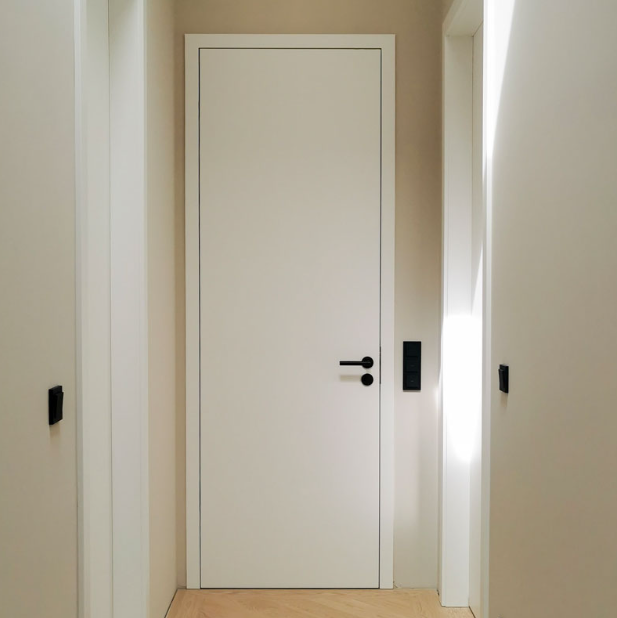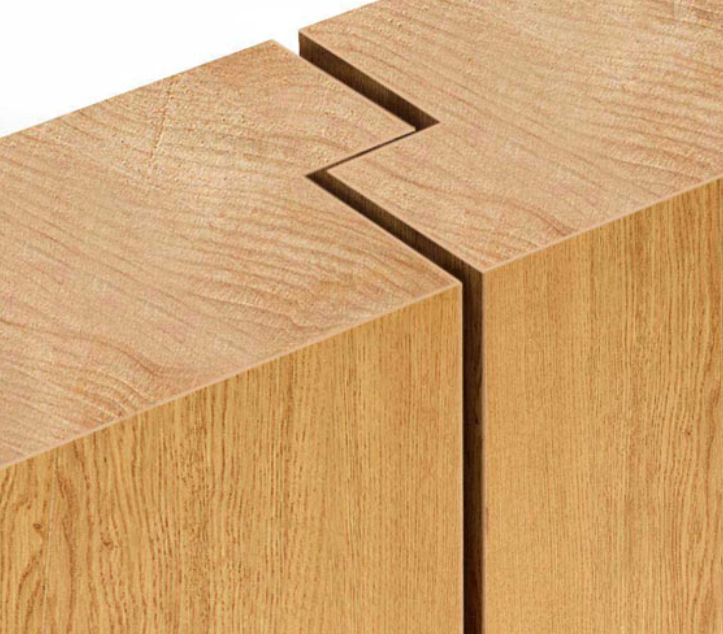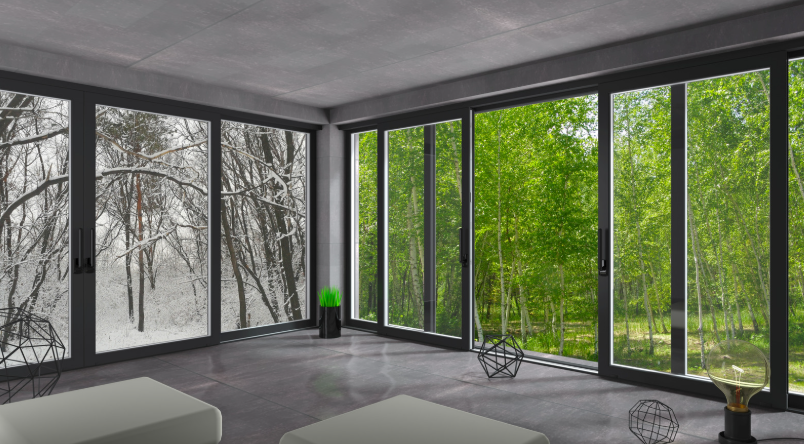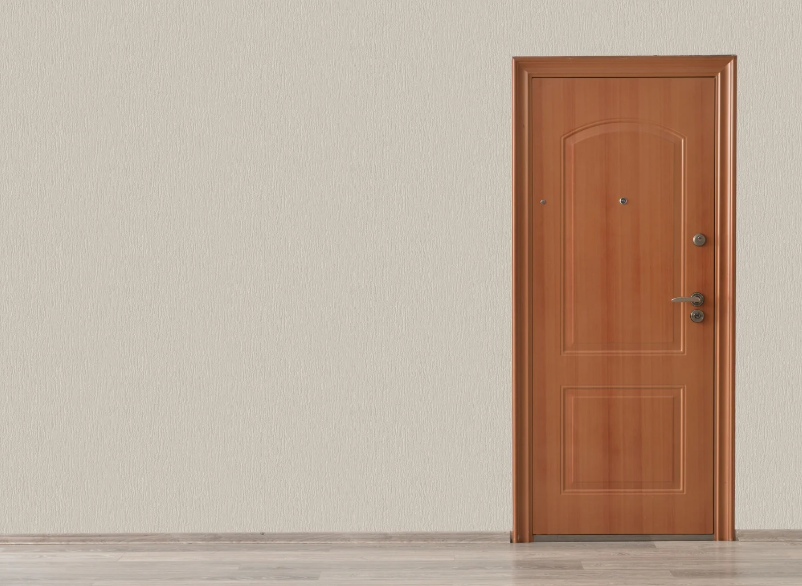Interior doors play a crucial role in defining the aesthetics, functionality, and privacy of a space. From traditional hinged doors to modern sliding systems, each type serves a unique purpose. This blog explores the common types of interior doors, their structures, sliding door mechanisms, and applications to help you make informed design choices.
Common Types of Interior Doors
Interior doors vary based on their location and function:
- Bedroom Doors: Typically solid-core doors for privacy and noise reduction.
- Bathroom Doors: Often feature moisture-resistant materials like PVC or glass for durability.
- Kitchen Doors: Designed to withstand heat and humidity; may include glass panels for an open feel.
- Walk-in Closet Doors: Compact options like bifold or sliding doors to save space.
- Folding Partition Doors: Ideal for dividing large rooms or creating flexible layouts.
- Emergency Exit Doors: Fire-rated doors with panic hardware for safety compliance.
- Sliding Doors: Space-saving solutions for modern interiors.
- Hidden Doors: Disguised as walls or cabinets for a seamless look.
- Interconnected Doors: Link two rooms (e.g., a bedroom and bathroom) for convenience.
- Safe Room Doors: Reinforced doors for security or storm protection.
Understanding Door Structures: Flush Doors vs. Rebated Doors
The structure of a door determines its durability and style:
- Flush Doors: These feature a flat, smooth surface made of plywood or MDF. They are lightweight, affordable, and suit minimalist designs.
- Rebated Doors: Characterized by a recessed edge (rebate) that improves sound insulation and weatherproofing. Often used in exterior applications but can enhance interior privacy.


Sliding Door Systems: Standard Sliding Doors
Standard sliding doors glide horizontally on an overhead or floor-mounted track. They are perfect for:
- Small Spaces: No swing clearance required.
- Modern Aesthetics: Clean lines and unobtrusive operation.
- Materials: Glass, wood, or metal, often paired with minimalist handles.

Sliding Door Systems: Bus Sliding Doors
Inspired by public transportation, bus sliding doors use a multi-panel system that stacks or overlaps when opened. Key features include:
- Space Efficiency: Panels slide into a wall cavity or pocket.
- Smooth Operation: Ball-bearing rollers ensure quiet movement.
- Applications: Ideal for wide openings like kitchen entrances or home offices.
Sliding Door Systems: Linked Sliding Doors
Linked sliding doors connect multiple panels that move in unison. Benefits include:
- Flexibility: Adjust the opening width by sliding panels together.
- Architectural Impact: Creates a dramatic entrance for large rooms.
- Use Cases: Living room dividers or patio access.
Sliding Door Systems: Folding Doors
Folding doors consist of hinged panels that collapse like an accordion. Advantages include:
- Maximized Space: Panels fold neatly against a wall.
- Versatility: Suitable for closets, balconies, or room partitions.
- Materials: Lightweight options like PVC or aluminum.

Applications of Sliding Doors
Sliding doors are versatile and functional in various settings:
- Kitchens: Glass sliding doors maintain an open layout while containing cooking smells.
- Bathrooms: Frosted or textured glass ensures privacy without sacrificing light.
- Feature Walls: Sliding doors with decorative finishes can double as a backdrop for TVs or artwork.
- Wine Cabinets: Glass sliding panels showcase bottles while keeping dust out.
Conclusion
Choosing the right interior door involves balancing aesthetics, functionality, and space constraints. From classic flush doors to innovative sliding systems like bus or linked mechanisms, each type offers unique benefits. Sliding doors, in particular, have revolutionized modern interiors with their adaptability and sleek design. Whether you’re renovating a kitchen, designing a hidden room, or optimizing a small apartment, understanding these door types will help you create a harmonious and practical living space.
By thoughtfully selecting doors, you can enhance both the visual appeal and usability of your home.


